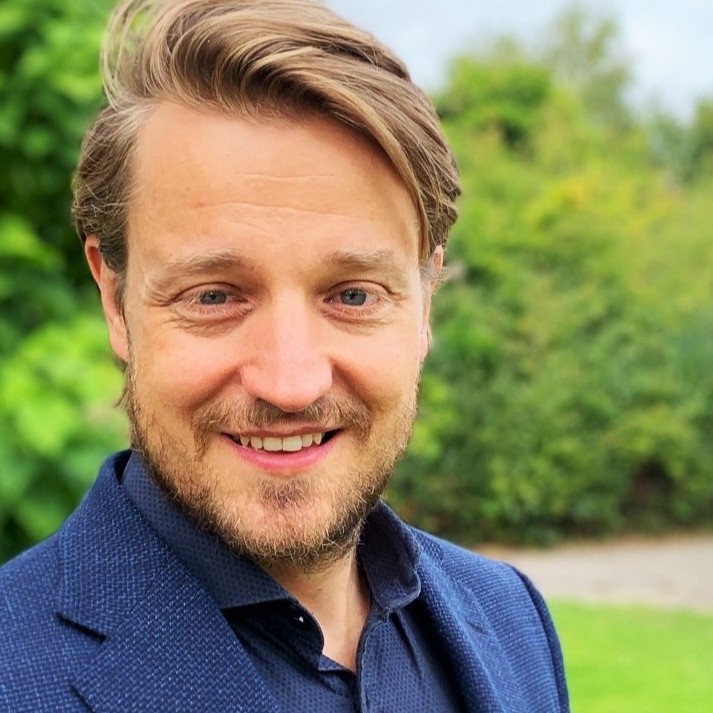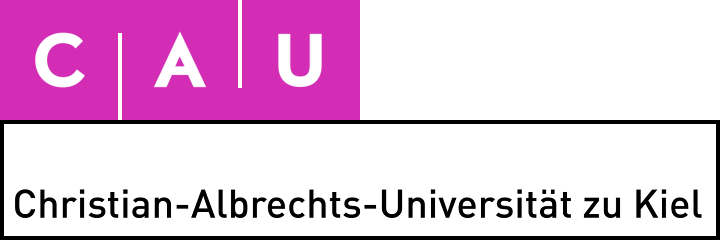Modern MRI – From Quantum to Patient
Details
| Presenter: | Prof. Dr. rer. nat. Jan-Bernd Hövener |
| Title: | Modern MRI – From Quantum to Patient |
| Affiliation: | Department of Radiology and Neuroradiology, Kiel University, Kiel, Germany |
| Date: | 10.04.2025 |
| Time: | 17:00 h |
| Place: | Building C (ZEVS), third floor, room "Kolloquium" |
Contents of the Talk

Magnetic resonance (MR) has revolutionized not only medical diagnostics, but chemistry and analytics alike. MR is based on the response of nuclear spin to electromagnetic stimuli, which can be used to image the motion of the heart, to elucidate protein structures or to identify drugs. As nuclear spin is ubiquitous is most of all matter, its applications are vast and far from depleted. Metabolic imaging, for example, is a highly interesting area with many applications in medicine only beginning to be explored.
At the same time, it is well understood that today, we use no more than a few part per million of the full potential of MR. The reason for this that the commonly available magnetic fields, a few Tesla, suffice to align only a few parts per million of all spins in a sample. The remaining 99.9999% of a sample do not provide signal.
One of our research focci is to make this potential available, for example, for early diagnostics or therapy control. Several quantum physical methods exist to increase the alignment or polarization of nuclear spins. Several of them require low magnetic fields, in the range of nT – mT. Here, we construct our own hardware to conduct these experiments. At the same time, imaging at low field is equally interesting, as large fields are no longer required if the sample is polarized. Here, novel detectors for magnetic fields may find interesting applications.
In this presentation, I will provide an overview of the potential of MRI which special focus on metabolism, hyperpolarization and low-field hardware.
Short CV
Jan-Bernd Hövener (born 1980 in Münster) is a German physicist and professor at Kiel University in the field of imaging techniques and biomedical technology. The university lecturer and scientist is best known for his work on magnetic resonance imaging (MRI) and quantum mechanical hyperpolarisation of nuclear spins.
He is a member of the Emmy Noether Programme of the German Research Foundation and a member of the board of the Cluster of Excellence Precision Medicine in Chronic Inflammation at Kiel University.
Jan-Bernd Hövener studied physics at the universities of Münster, Nice and Heidelberg. After his diploma thesis at the German Cancer Research Centre in Heidelberg in the field of medical physics and stays at New York University, he conducted research at the Huntington Medical Research Institute and the California Institute of Technology in Pasadena, USA. He completed his doctorate in 2008 at the Faculty of Astronomy and Physics in Heidelberg on the subject of hyperpolarised magnetic resonance imaging. Hövener then joined Jürgen Klaus Hennig's research group at the University Medical Centre Freiburg. In Freiburg, he was accepted into the DFG's 4th Academy of Excellence for Young Scientists in Medical Technology; he was a member of the German Consortium for Translational Cancer Research and deputy head of the MasterOnline programme ‘Technical Medicine’. From 2014 to 2022, he headed the Emmy Noether Group Metabolic and Molecular MRI. Hövener completed his habilitation in ‘Experimental Radiology’ at the University of Freiburg in 2016. Since June 2017, he has been Professor of Translational Magnetic Resonance Imaging at the Faculty of Medicine at Kiel University and Head of the Biomedical Imaging Section of the Department of Radiology and Neuroradiology at the University Medical Center Schleswig-Holstein (UKSH), Kiel Campus, and Head of the Molecular Imaging North Competence Centre (MOIN CC), the state's competence centre for preclinical imaging and core facility at Kiel University.
Jan-Bernd Hövener conducts research in the field of medical physics on new imaging methods, in particular magnetic resonance imaging and hyperpolarisation. His research interests include hyperpolarisation, applied quantum technology, sequence development and dental MRI. He invented special coils for the MRI of teeth and, together with his colleagues, discovered continuous hyperpolarisation with para-hydrogen, without a polariser and PHIP-RASER. In teaching, Hövener deals with topics such as MRI, X-ray and CT imaging as well as the interaction of ionising radiation with biological tissue.
Jan Hövener is or was involved in various EU and DFG collaborative projects (Cluster of Excellence PMI EXC 2167, europol-itn, miTarget FOR 5042, TRR 287 BULK reaction, GRK 2154 materials4brain), and he is on the scientific advisory board of MgSAFE. From 2016 to 2017 he was President of the German Section of the International Society for Magnetic Resonance in Medicine (ISMRM DS), 2016 and 2019 President of the Annual Meeting of the ISMRM DS.




